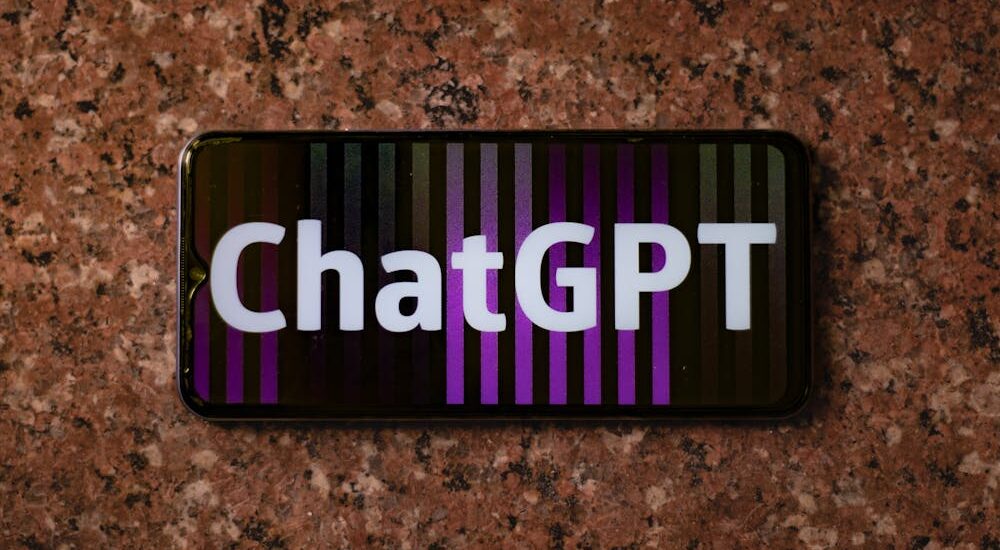- September 10, 2024
- Posted by: Editor
- Categories: Gemini, Technology, Virtual Assistant

Artificial Intelligence has come a long way in helping us with everything from answering questions to providing recommendations. But how does it get better at doing these tasks over time? One cool method is called the Reflection LLM technique (sometimes written as reflexion). In this article, I’ll break down how this technique works in simple terms and how it helps AI improve itself.
What Is the Reflection LLM Technique?
Think about how humans learn from our mistakes. Let’s say you’re writing an essay. Once you finish it, you go back, read through it, and realize you’ve made a few errors. Maybe you misspelled some words, left out a key point, or misinterpreted a fact. By reflecting on what you’ve written, you can fix those mistakes and avoid making them again in the future.
This same idea applies to how AI models, such as ChatGPT or Gemini improve their responses. When the AI answers a question or completes a task, it “reflects” on its own output. If it finds something wrong or could do better, it can update its response or adjust how it handles similar tasks later on.
AI With Self-Reflection? Sort of!
Now, you might be thinking, “Can AI really reflect on itself like a human would?” Not exactly in the way we do. The AI doesn’t have thoughts or emotions, but it can analyze its output based on a set of rules or goals. By doing so, it can spot patterns in its mistakes and make adjustments for the future.
Imagine an AI is asked, “What’s the capital of Canada?” If it mistakenly responds with “Toronto” (which is in fact the largest city), the AI can look back at its sources and realize that the correct answer is “Ottawa.” The reflection process allows it to understand that this mistake shouldn’t happen again, and next time, it’ll give the right answer. In some systems, this can even happen in real-time!
Examples of How AI Reflects to Improve
Let’s break down a couple of examples to make this clearer:
Example 1: Solving Math Problems
An AI is asked, “What’s 5 + 7?” and it responds with “12” (correct). But when asked, “What’s 25 + 18?” it says “32” (oops!). Using the reflection technique, the AI can check if that answer seems off by reviewing the steps it used to reach the conclusion. After realizing the math doesn’t add up, it can go back, fix the mistake (the correct answer is 43), and remember that for future math problems, it should double-check similar calculations.
Example 2: Understanding Context in Conversations
Sometimes AI might misunderstand the context of a conversation. If you ask, “What’s the weather like in Paris?” and follow up with “What should I wear there tomorrow?” the AI should understand that “there” means Paris. But let’s say the AI gets confused and gives an answer like, “You should wear something light since it’s hot in New York.”
With reflection, the AI could detect this error, go back to the earlier part of the conversation, and realize it’s supposed to be talking about Paris, not New York. This helps it refine its ability to handle conversations smoothly and accurately.
Without reflection, AI models can get stuck making the same mistakes over and over again. Imagine if you were teaching a child math, and every time they got an answer wrong, they never bothered to check what went wrong. They’d keep making the same mistakes. Reflection helps AI break out of this cycle.
By reflecting, AI models learn faster and provide better responses over time. This is especially useful in complex scenarios, like helping doctors diagnose patients or assisting with large-scale customer support, where accuracy is critical.
How can I use reflection in my own prompts?
Here’s a quick example how you can supercharge your own conversations by using the reflection technique. Prep the AI using the following prompt:
Let’s engage in a collaborative learning session. I’ll ask a question, and you’ll take on the role of both a knowledgeable tutor and a helpful assistant. The tutor will provide a comprehensive and informative answer. The assistant will then offer constructive feedback on the tutor’s response, focusing on areas where it could be improved in terms of clarity, comprehensiveness, and relevance.
After the assistant’s feedback, the tutor will provide a revised and enhanced response that incorporates the assistant’s suggestions. Use real-world examples and evidence to support your answers whenever applicable. You must return both the helper response and the tutor response at all times.
Now after asking a question, the AI will respond with both the tutor and the assistant response and then enhance it’s answer using the assistant response.
As AI systems become better at reflecting on their responses, you get more accurate and helpful results. Whether it’s a chatbot giving you clearer instructions or a virtual assistant helping you plan your day, reflection helps these systems get things right more often.

